Mexico City – Archaeologists have discovered a previously unknown Mayan city in the southeastern state of Campeche.
Its vast size led archaeologists to conclude it was a likely seat of government some 1,400 years ago, according to Mexico’s National Institute of Anthropology and History, or INAH.
A team of experts headed by Slovenian archaeologist Ivan Sprajc christened the site Chactun.
“It is one of the largest sites in the Central Lowlands, comparable in its extent and the magnitude of its buildings with Becan, Nadzcaan and El Palmar in Campeche,” Sprajc said in a statement released by INAH.
The complex covers more than 54 acres.
Based on the number of monuments, at least ten of them with inscriptions, the city is believed to have been the seat of government for a extensive area during the period of 600-900 A.D., the researcher said.
The INAH-backed exploration is financed by the National Geographic Society and two private companies: Austria’s Villas and Slovenia’s Ars Longa.
Down through the centuries, Chactun remained hidden in the jungle on the north of the Calakmul Biosphere Reserve. According to Sprajc, it forms part of an area covering more than 1,150 square miles that has remained a “total blank” on the Mayan archaeological map.
The millennial metropolis is one of the nearly 80 sites detected by the Southeast Campeche Archaeological Recognition Project, launched in 1996.
New discovery provides evidence for inherited power, points to complex culture
Photograph courtesy Julia Mayo
A. R. Williams
National Geographic
Published June 20, 2013

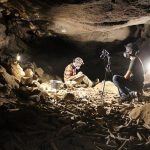
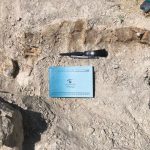

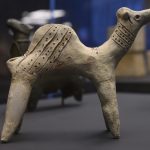
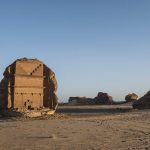
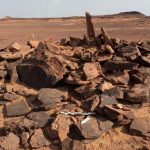
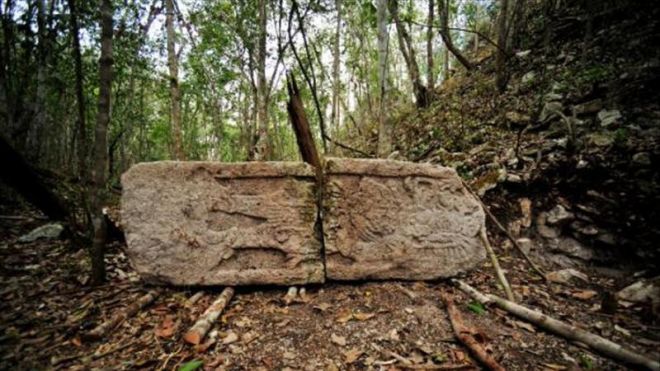
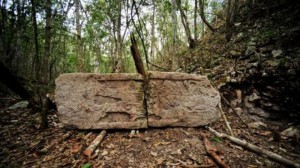
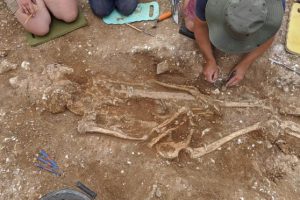
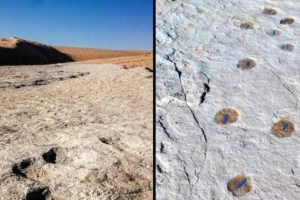
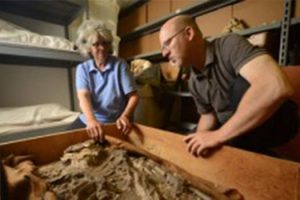





Great post.
Greetings! Very helpful advice in this particular article!
It is the little changes that will make the most important changes.
Thanks for sharing!
Howdy! I know this is kinda off topic but I was wondering if you knew where I
could get a captcha plugin for my comment form?
I’m using the same blog platform as yours and I’m having trouble finding one?
Thanks a lot!
I regard something really special in this web site.
Hello, yup this post is in fact fastidious and I have learned
lot of things from it concerning blogging. thanks.
It’s nearly impossible to find educated people
about this subject, but you sound like you know what you’re talking about!
Thanks